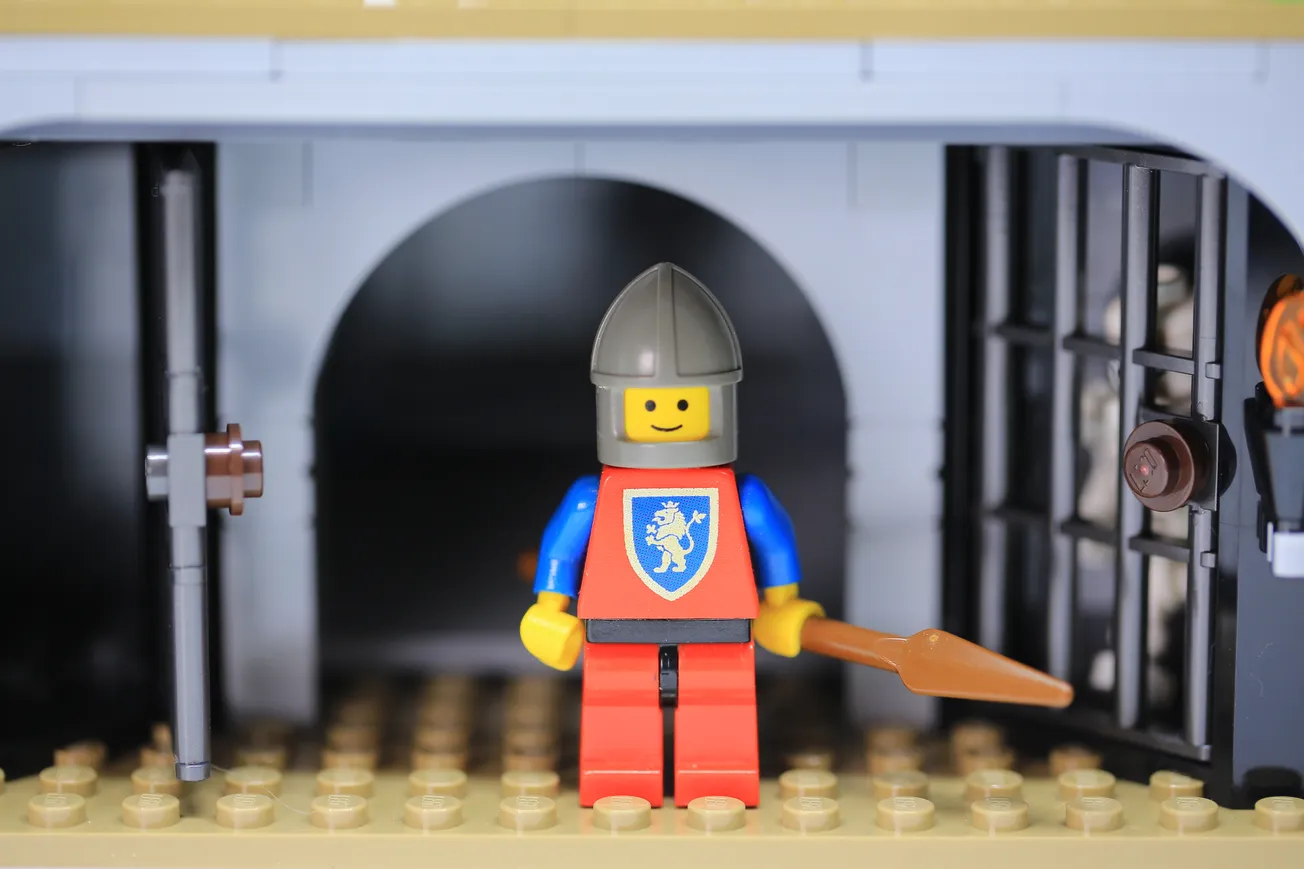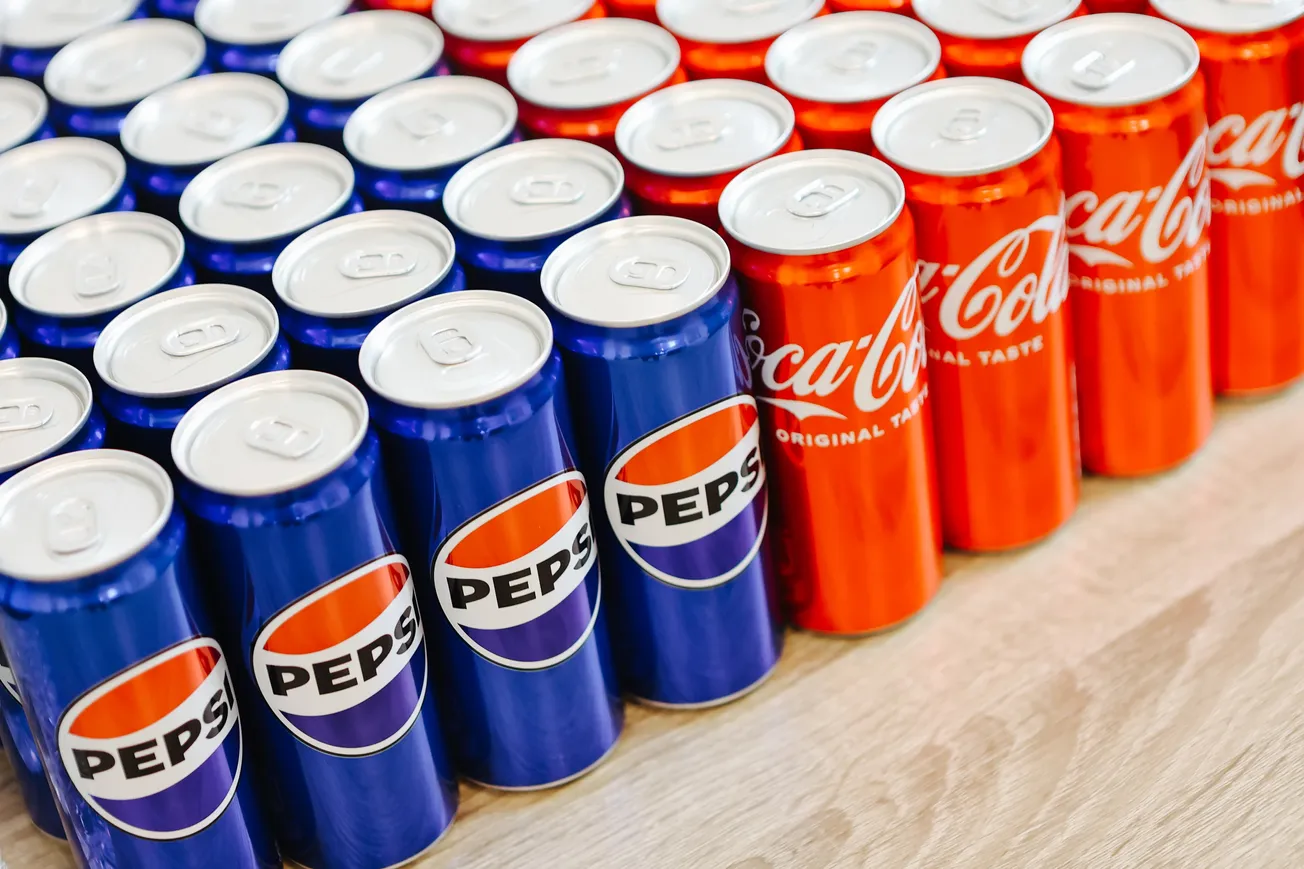Mattel has launched a direct challenge to Lego’s dominance in the construction toy sector with its new Mattel Brick Shop brand.
The new initiative signals Mattel’s intent to capture a share of the lucrative construction toy market long dominated by Lego.
Mattel’s Strategy and Entry Into the Market
Mattel Brick Shop’s first product line is expected to launch in May 2025 and will focus on sets with elevated designs, authentic details, and innovative materials. The company is positioning these products at competitive price points to appeal to a broad audience, including both children and adult hobbyists.
Mattel has prior experience in the building set category with its Mega Bloks and Mega Construx brands, which have traditionally focused on licensing popular intellectual properties such as Pokémon and Halo.
However, the Brick Shop brand appears to be a more direct competitor to Lego’s core offerings, featuring classic interlocking bricks similar to Lego’s foundational design.
Mattel’s move comes at a time when the global construction toy market is expanding. The company is leveraging its brand recognition, retail partnerships, and established distribution network to position itself as a credible alternative in a space long dominated by Lego.
A Historical Look at Construction Toys
Before Denmark-based Lego’s rise to industry dominance, the construction toy market had several key players, including Tinkertoys, Erector Sets, Lincoln Logs, and K’NEX. These toys laid the foundation for creative play and hands-on engineering skills that continue to define the category today.
Tinkertoys - First introduced in 1914 by Charles H. Pajeau, Tinkertoys consisted of wooden spools and rods that allowed children to build various structures. Their simple yet versatile design encouraged creativity and problem-solving. Despite their popularity in the mid-20th century, Tinkertoys gradually declined in market share as plastic-based building systems, led by Lego, gained popularity.
Erector Sets - Patented by Alfred Carlton Gilbert in 1913, the Erector Set was another staple of early construction toys. Featuring metal beams, nuts, and bolts, the toy allowed users to build working models of bridges, cranes, and even motorized devices. For decades, it was regarded as a premier educational toy, fostering early interest in engineering and mechanics. However, its decline in the late 20th century mirrored the shift toward plastic-based, simplified construction toys like Lego.
Lincoln Logs - Introduced in 1916 by John Lloyd Wright (son of architect Frank Lloyd Wright), provided children with interlocking wooden logs to build cabins and forts. Unlike Lego, which is known for its structured, precision-based designs, Lincoln Logs appealed to a rustic, freeform building style.
K’NEX - Launched in 1992, offered an alternative approach with a rod-and-connector system that allowed for larger, more flexible structures than Lego bricks. While it remains a popular niche brand, K’NEX has never approached the market share dominance that Lego enjoys.
Lego’s Market Dominance and Financial Performance
Lego is the undisputed leader in the construction toy industry, boasting a market share estimated at over 70% in the global building set sector. The company’s dominance has been fueled by strategic licensing deals, expansions into film and media, and a strong retail presence.
In 2023, Lego’s global sales reached approximately $9.1 billion, reflecting its continued strength in the industry. Its revenue in the first half of 2024 saw a 13% increase, reaching 31 billion Danish crowns (approximately $4.65 billion). The brand continues to outperform competitors like Mattel and Hasbro despite economic headwinds in the toy industry.
Lego has also successfully expanded beyond physical toys with major investments in digital content, themed experiences, and sustainability initiatives. The company has opened Lego Discovery Centers and launched successful media franchises such as The Lego Movie, further cementing its brand awareness across generations.
Mattel’s retail presence, manufacturing expertise, and marketing power may give it an edge over other competitors, but whether it can significantly cut into Lego’s market share remains to be seen. The new brand’s success will depend on its ability to differentiate itself from Lego while offering consumers an equally compelling experience.
Other Market Players
Beyond Mattel, a few other brands continue to compete in the construction toy space.
Poland-based Cobi specializes in military and historical-themed building sets, an area that Lego avoids, while Magna-Tiles and Geomag use magnetic construction rather than interlocking bricks but have gained popularity as alternatives to traditional building toys.
While not a direct competitor in the brick-building category, Playmobil offers a complementary style of construction play, focused on detailed playsets.
Can Mattel Disrupt the Market?
The construction toy market was valued at approximately $14.74 billion in 2023 and is expected to grow by 11.9% from 2024 to 2030.
Lego remains the clear market leader, but Mattel’s aggressive push with Brick Shop could introduce new competition to an industry that has long lacked a serious rival to Lego.
If Mattel is able to capitalize on price competitiveness, innovative designs, and brand loyalty, it could gain a meaningful foothold in the market. However, challenging Lego’s deeply ingrained brand recognition and cultural influence will be a significant hurdle.
Whether this challenge from Mattel marks the beginning of a true rivalry or simply another attempt to unseat the king of construction toys remains to be seen.









